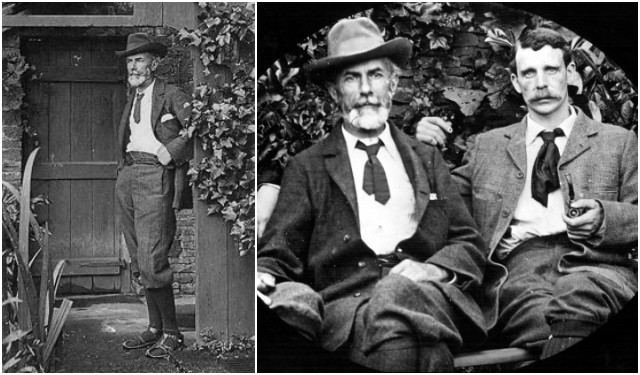“Anyone who realises what Love is, the dedication of the heart, so profound, so absorbing, so mysterious, so imperative, and always just in the noblest natures so strong, cannot fail to see how difficult, how tragic even, must often be the fate of those whose deepest feelings are destined from the earliest days to be a riddle and a stumbling-block, unexplained to themselves, passed over in silence by others.”
Edward Carpenter, The Intermediate Sex: A Study of Some Transitional Types of Men and Women
Edward Carpenter was a very influential poet, philosopher, anthologist, nudist, feminist, pacifist, and early gay activist in late 19th and early 20th-century Britain. Although Carpenter is sadly, a forgotten figure today, he had an important cultural and political impact in Britain’s Victorian society.
Born on August 29, 1844, at 45 Brunswick Square, Brighton, Sussex, Carpenter was the third son of Charles and Sophia Carpenter. He was educated at Brighton College and later studied at Trinity Hall, Cambridge.
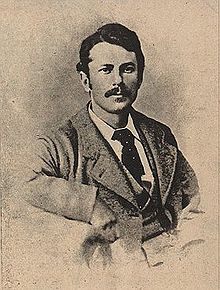
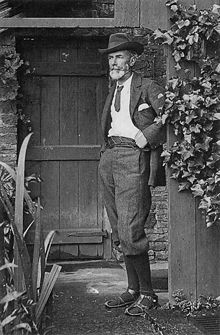
After he had left University, Carpenter began a career as a Church of England curate and joined the Republican Club. In 1874 he left the church and went to live nearby Sheffield where he began to lecture, write poetry and became increasingly radical, joining the Socialist League in 1884.
His life changed when his father Charles Carpenter died in 1882 and left him over £6,000. The inheritance allowed Carpenter to quit lecturing and purchase a farm in Milthorpe where he could focus on his writing. At this point, he had fully acknowledged his sexual orientation and became relatively open about his homosexuality.
Carpenter soon traveled to India and Ceylon as he was fascinated by Hinduism. When he returned in 1891, he met George Merrill, a working class Sheffield man with whom he had a lifelong romance.
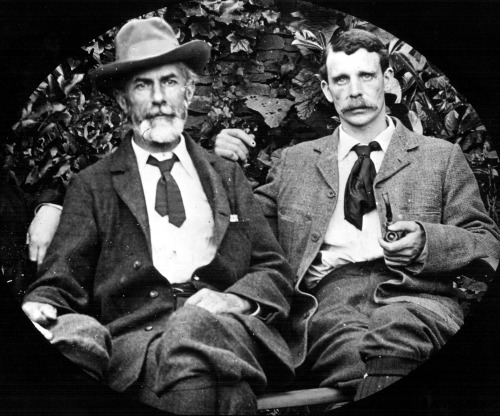
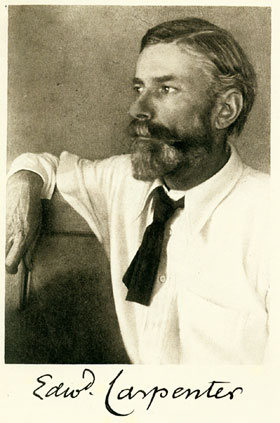
It was a very controversial relationship as hundreds of men were prosecuted for homosexuality at the time. However, the couple managed to withstand the hysteria about homosexuality generated by the “Oscar Wilde trial of 1895” and remained partners for the rest of their lives.
They even went one step further when they decided to move in together in 1898. The bold couple spent the next 30 years together. Their love would become an inspiration for Forster’s homoerotic novel Maurice that would in turn influence D. H. Lawrence’s heterosexualized version Lady Chatterley’s Lover.
Carpenter’s book The Intermediate Sex: A Study of Some Transitional Types of Men and Women became one of the foundations for future LGBT movements.
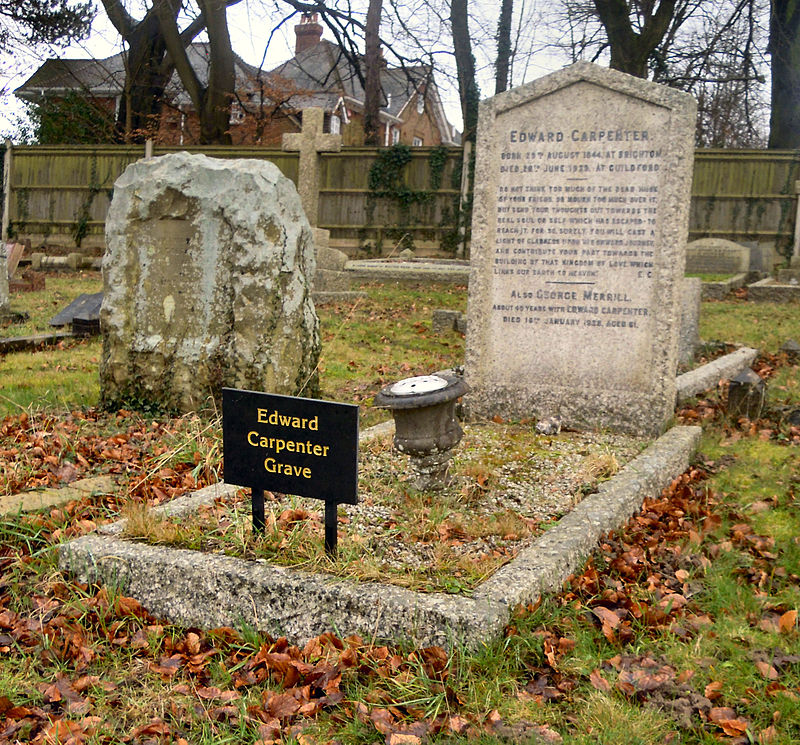
Carpenter and Merrill moved to Guildford after World War I ended. Merrill died in 1928. Carpenter was devastated, and after a long and after a stressful year without his partner, Carpenter suffered a paralytic stroke and died on 28 June 1929.
He was interred in the same grave as Merrill at the Mount Cemetery, Guildford.
